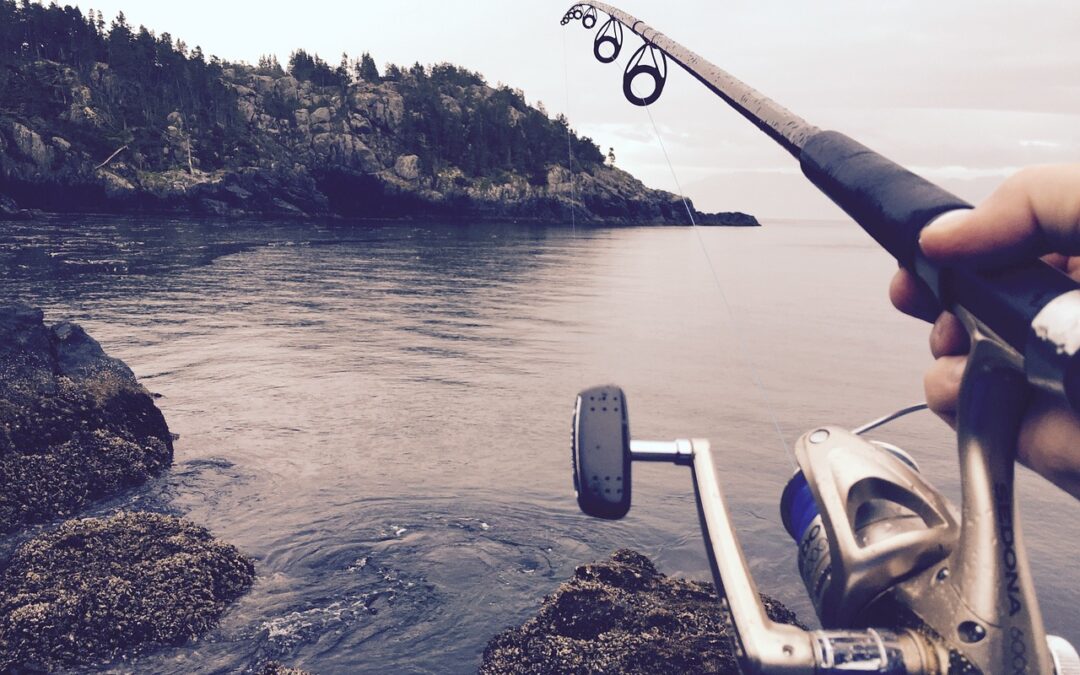The action of a fishing rod is the behavior of the rod while being cast by an individual. The action of the rod may be the same for all the people who cast with it, and it may be different for every person who casts with it. Very few casters cast exactly alike. Their hand, arm, muscular and nervous systems are never exactly alike. They consequently perform a cast with a rod differently than any other hand and arm, etc. The action of most rods will react substantially the same for all casters, however. When a rod does not react the same for one caster as another, the action of the rod for each caster is different. A rod may be called a stiff action by one caster and a medium-stiff action by another, and both are correct. The action of a rod, then, depends directly on the particular caster using it and may vary from caster to caster.
We will discuss rod action as it applies to fly rods, only. The rod actions are only discussed in general terms.
Wet Fly Fishing Rod Casting
WET FLY ACTION: Years ago, a “wet fly action” fly rod was considered to be a rod that was very limber and which bent freely from the grip to the tip. The theory of such limber and soft rods was that they allowed the flies to fall gently into the water and the line to fall straight into the water. Either claim has questionable advantages under many conditions. Gradually, as the years have gone by, fishermen began to find out that these old “buggy whip wet fly rods” were poor rods for casting the wet fly and that rods suitable for dry fly casting generally cast wet flies much more satisfactorily. Wet fly rods are non-existent today except when a maker turns out a poor dry fly rod and sells it to some novice as a “wet fly rod.”
Dry Fly Fishing Rod Casting
DRY FLY ACTION: There are many ways to build a dry fly rod or dry fly action into a rod. Most of these methods produce good dry fly rods. I will briefly describe some of the better-known methods of producing dry fly action in a rod.
HEWITT DRY FLY ACTION: Edward H. Hewitt, as you undoubtedly know, was considered the best fly fisherman for trout in the world. Some are prone to minimize Hewitt’s abilities for personal reasons or self-glory. However, I have never known or heard of anyone from reliable sources who could beat Hewitt for actually putting trout in a creel. Hewitt used a rod with action or the bending in the lower or middle part but not as pronounced as the standard Dry Fly action. On a three-piece rod, for example, the upper half of the middle section and the lower half of the tip have “level tapers”. That is, the tapers are slight which leaves these areas a little stiff. Such a rod has action all over, but slightly more of the bending is in the butt section, the lower half of the middle section, and the top half of the tip.


